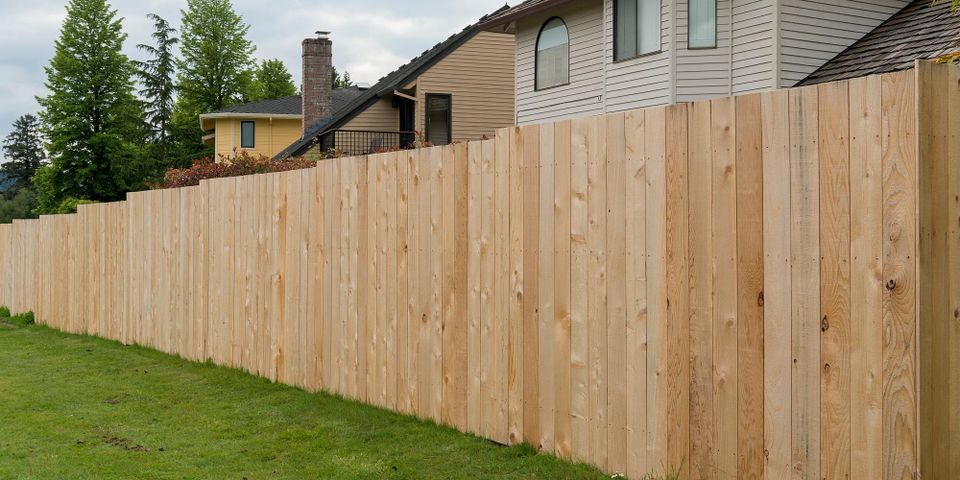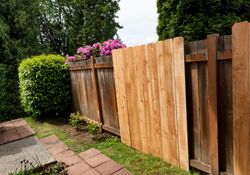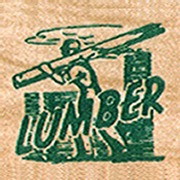
When you’re building a new fence, the first decision concerns what building materials to use for construction. Although vinyl and aluminum are options, most homeowners choose wood for its looks and affordability. As you shop for lumber, you’ll need to consider factors like quality, durability, and appearance to ensure the fruit of your labor meets your expectations.
Factors to Consider When Choosing Wood for a Fence
Before you begin shopping for lumber for your new fence, narrow down your choices by asking some important questions. These include:
- How will the weather affect the wood? Weather can have a major effect on your fence. Some woods change color from brown to gray over time when exposed to the elements. Others need to be treated with water-repellents to resist moisture damage.
- How does the wood hold up to insects? Wooden fences are susceptible to damage from insects, but some lumber is more naturally resistant to infestation than others. The wood may also be treated to resist insects, but if you’re concerned about chemicals, choose a fence with natural protection.
- What’s the quality of the wood? Lumber is sold with a quality rating that ranges from standard to quality. Standard, better, and quality wood are the most affordable but may have visible blemishes and imperfections that will change the appearance of the fence. It’s wiser to choose from premium or clear-grade wood, which is free from imperfections and thus more attractive and durable.
Types of Wood
 Based on the conditions on your property and your budget, you’ll have several options for your new fence. The most common fence materials are redwood and cedar along with softwoods like pine, fir, and spruce.
Based on the conditions on your property and your budget, you’ll have several options for your new fence. The most common fence materials are redwood and cedar along with softwoods like pine, fir, and spruce.
Redwood is the most expensive fencing option, but it’s also durable and naturally insect-resistant. It’s often cost-prohibitive for a large fence, but you may choose it for a smaller fence.
Cedar and cypress contain natural oils that make them insect-resistant, and they’re also less likely to rot. Both of these woods will turn gray when exposed to the elements, but they can be treated to resist color change. Cypress tends to be slightly more expensive.
Softwoods are the most affordable option but generally need to be pressure-treated with chemicals to be durable enough for fencing. Pine, spruce, and fir are easy to work with and will last for many years if they’re properly maintained with a weatherproof coating every few years.
For high-quality quality lumber for your next fencing project, turn to Huber Lumber in Cincinnati, OH. Offering a full selection of building materials and supplies, the experts at this locally owned business can help you choose the best wood for your projects, including fencing, decks, and interior home improvements. Contact them today at (513) 731-4035 to speak with a friendly staff member or visit them online to learn more about their products and services.
About the Business
Have a question? Ask the experts!
Send your question

